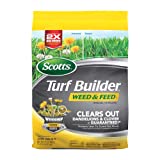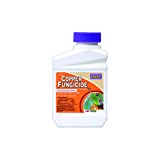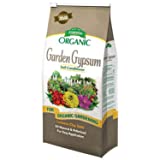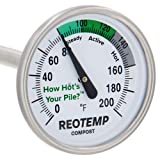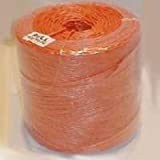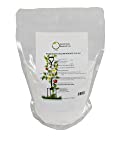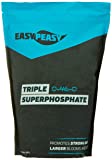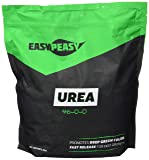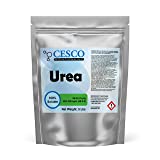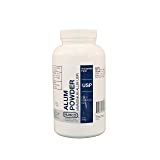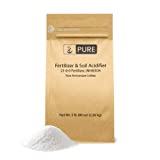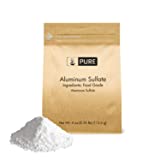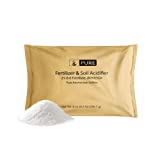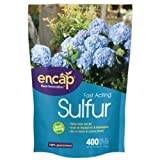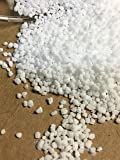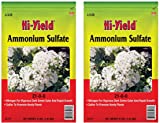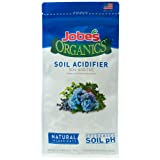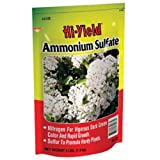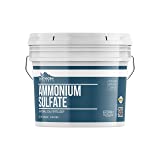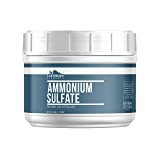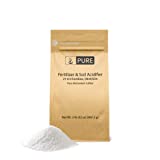What are Powder Nutrients for marijuana?
What are Nutrients?
The competence of living organisms to take up constituents from the environment and use these materials for the production of their biomass as a source of energy is dependent on nutrients. Overall, the ability of plants to absorb chemical substances for their metabolism and growth is defined as the process of nutrition and the chemical used in the process are called nutrients. Nutrition is a complex metabolic process that converts nutrients to make their cellular structure and use it as energy. Metabolic processes are the sum of several reactions that occur in the living cells to continue growing.
Marijuana also needs three different types of nutrients like all other plants to continue growth during the entire lifecycle. Along with Nitrogen, Phosphorus, and Potassium. Other macronutrients include Carbon, Hydrogen, and Oxygen, while calcium, magnesium, and sulfur fall in the secondary nutrients category. Then come micronutrients or trace elements. Although Marijuana needs trace elements in very limited quantities, their absence in the nutriments program or deficiencies could lead to drastic effects on the plants. Trace elements list includes Zinc, Chlorine, Cobalt, Copper, Manganese, Boron, Iron, Silicon, Nickel, Sodium, Cobalt, Copper, and Molybdenum.
Nitrogen is the basic ingredient for producing amino acids, nucleic acids, and chlorophyll in the plants and determines the vigor and growth during the vegetative and reproductive stages of Marijuana. Ammoniac forms are readily taken by the plants during growth, while Nitrates forms make their availability to the plants much slower than Ammonia. The slow-acting nitrogen is the priority choice for hydroponics growers and the combination of both gives triggering action to the Marijuana during the vegetative stage.
On the other hand, Phosphorus is responsible for root development and bud formation in Marijuana and the plants could easily translocate Phosphorus when it is required. Marijuana could perform photosynthesis in the presence of Phosphorus and increase the overall vigor of plants along with proving strength for producing seed. Whereas, it is a constituent of DNA as well. It abundantly finds it in secondary roots, vascular tissues, and new shoots.
Where Potassium provides resistance against pests and diseases at one end, one the other end, it helps to combine sugar, starch, and carbohydrates for cell division. It also helps in the opening and closing of stomata to regulate plants’ gaseous exchange and maintain its temperature with the surrounding. It also allows deeper root penetration and protein synthesis in Marijuana.
Similarly, micronutrients have very primitive roles in the development and growth of Marijuana plants. Whereas, the deficiency of one or other nutrient could lead to devastating results. Otherwise, their application in minute quantities could explore the maximum yield potential. Such as Boron that helps in excessive flowering and increasing male reproductive cells, and Zinc enhancing the vitality of stamen.
What happens to marijuana which, doesn’t get enough nutrients?
Nutrients deficiency could lead to many symptoms, such as yellowing of leaves starting from the middle and eventually dropping from the plant. Leaf Yellowing could also observe when your nutrient program misses Zinc. Phosphorus deficiency could cause dark purple coloration of leaves initially which, could wither and fall from the Marijuana plants. Nutrient deficiencies often occur when the growing environment is not conducive, either when one excessive nutrient suppresses the uptake of another, or it is entirely missing the nutrient from the regime. The foremost step is to correct the pH of the nutrient solution to adjust the range that Marijuana desires. If Marijuana is passing a vegetative stage, regulate pH between 5.5 to 5.8 so that it absorbs a maximum amount of Nitrogen along with Magnesium, Zinc, Iron, and Calcium. When the plants progress towards the flowering stage, raise pH, and keep it between 6.0 to 6.8 until maturity.
What happens to marijuana that gets excess nutrients?
Overfertilization could result in abundant growth delaying the ordinary maturity time of Marijuana plants. Otherwise, it could have a reverse effect on the growth that could cause withering, leading to the falling of leaves. It often happens due to the accumulation of salts in the passage of nutrients flow, and the same salt deposition occurs in the root zone of the Marijuana which, inhibits the intake of nutrients from the solution. This also results in producing less than the usual potential of the plant, flowering reduces, and defoliation occurs in the affected plants. The leaves could turn downward, tinted, deformed, and lush green in color that invite more pests and diseases that infest weaker plants.
Powder Nutrients for Marijuana
Recently, powdered forms of nutrients are getting the attention of the commercial producers for Marijuana. These nutrients often come with a premixed recipe for different stages of Marijuana growth. For instance, they prepare high nitrogen contents in combinations with low Phosphorus and Potash for vegetative stages and High Phosphorus combinations for flowering and bud formation stages.
Disadvantages of Powder Nutrients for Marijuana
Powder nutrients might become a good option in the future for commercial producers where big production arrangements could easily flush the effects of these nutrients out of leaves and buds. However, hobbyists and small growers still love and apply liquid nutrients for enhancing the aroma and taste in the buds. Liquid fertilization doesn’t need excessive flushing since the Marijuana Plants’ normal intake could flush out the toxicity of chemical compounds. Although there is some difficulty in combining different liquid nutrients, small growers could manage it easily because they need superior tasting and better productivity.
Powder Nutrients Vs Liquid Nutrients for Marijuana
Nutrients are nutrients whatever the chemistry and form they possess and they exhibit the same result when applied to the Marijuana plants. If it’s a large commercial growing, then powdered forms could suit you for outdoor growing. But, as far as, hydroponics’ and small scale growing is concerned, liquid nutrients could prove the best results for there is not any choking habit involved with liquid nutrients. Powder nutrients use a considerable amount of inert matter and salts for combining different ratios of nutrients. These ingredients sometimes don’t mix well with irrigation water and leave trash in the solution that often causes to choke in the drip lines and drippers outlets. It sometimes also cause raising the pH of nutrient solution due to the accumulation of salt, and Marijuana nutrient’s uptake reduces considerably, that results in weaker plant growth and development.





